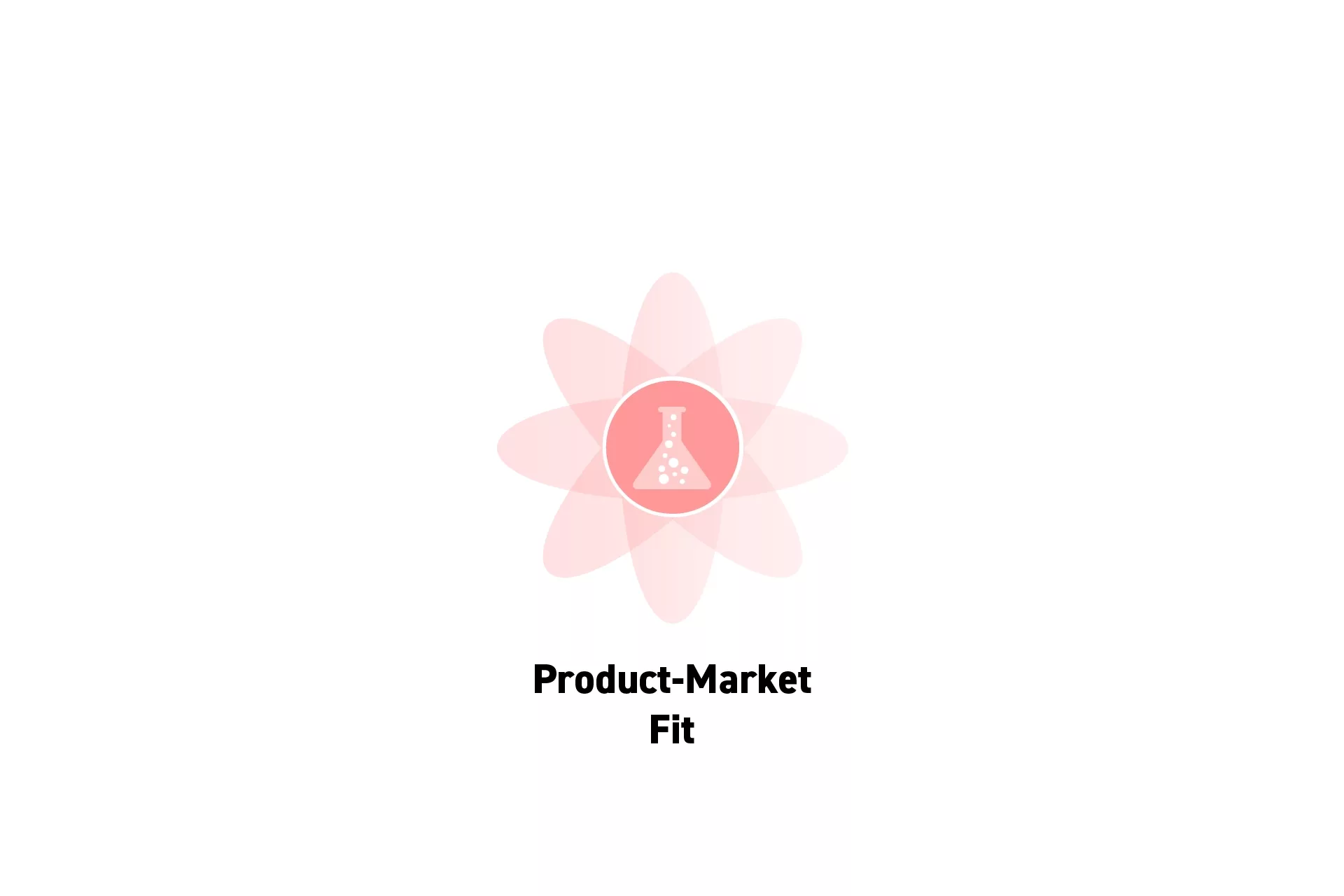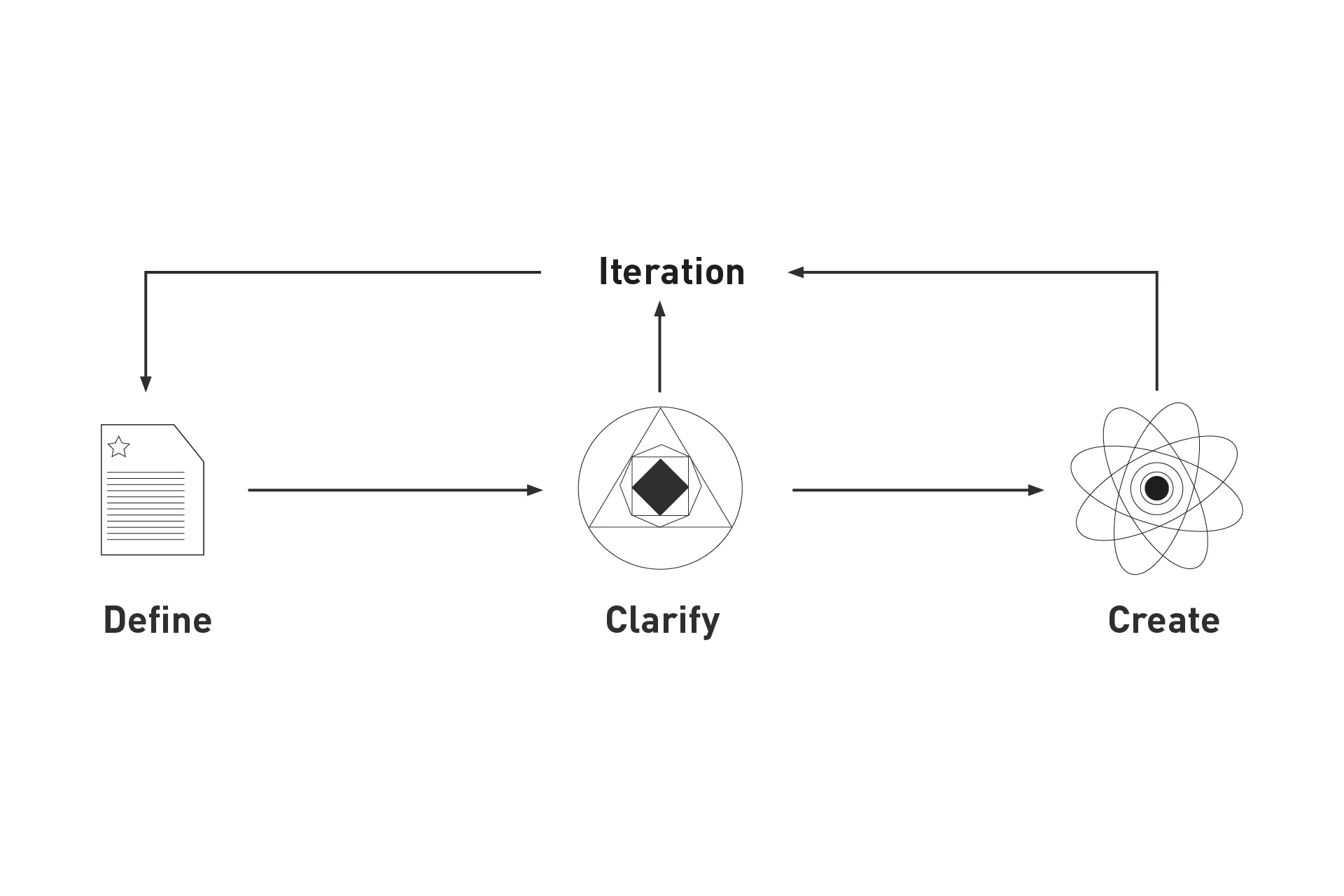How to find a Product-Market Fit (PMF)
A seven step process for uncovering a market fit for a product, service or experience.

A seven step process for uncovering a market fit for a product, service or experience.
SubscribeWhat is a Product-Market Fit?A Product-Market Fit (PMF) is the act of discovering a demand or need of a target audience is currently not being served by existing products, services or experiences and creating something that satisfies that need.
PMFs are considered an outcome of good strategic thinking, user research and desk research and can be uncovered using the process laid out below.
Step One: Write a Hypothesis
Before you can discover a product-market fit, you must define the problem that you are trying to solve or the idea that you want to validate.
Please note that this hypothesis could relate to an existing feature, product, service or experience and could pertain to an entirely new creation or an addition to an existing creation.
Step Two: Define the target audience
A product-market fit is defined by a product, service or experience that brings value to a target audience by resolving pains and providing gains.
In order to know who to create for, you must define your target audience.
Step Three: Carry out the Research
Perform user research, desk research and carry out interviews.
Remember to record your findings in ways that can be synthesized into insights and other products that augment your ability to generate meaningful solutions for your target audience.
To learn more about the products that could arise from synthesizing your research consult the link below.
Part of the synthesis should be uncovering what the customers "jobs" are and how a product, service or experience could reduce the Bio-Cost, which is known as amount of energy or time required to carry out the "job."
For more information, consult the Value Proposition Canvas and Harvard Business School article linked below.
Step Four: Synthesize the Research
Synthesize the research into products that will help you brainstorm ideas for the target audience.
Our recommended products of research synthesis are:
- User Personas
- Journey Maps
- Service Blueprints
- Empathy Maps
- Insights
- Competitor Analysis
- SWOT Analysis
- How Might We's
- Business Model Canvas
- Value Proposition Canvas
To learn more about products of research synthesis consult the link below.
Step Five: Brainstorm Ideas
Based off the insights and findings uncovered from Steps Three and Four, brainstorm ideas and narrow them down to three concepts to prototype and test with the target audience.
A way you may wish to do this is through an Affinity Diagrams.
Step Six: Prototype & Test
Make a video, clickthrough, low fidelity or high fidelity prototype and test it with users from the target audience.
Make sure to document the interviews and tests in a consistent way to be able to compare results and demonstrate that you are producing something of value.
Step Seven: Iterate

delasign's process
Based on the findings, consider whether you need to update your hypothesis and target audience. This process might demonstrate that you are not on the right track and it is time to abandon the project.
If you are on the right track, update the products of research synthesis and continue prototyping and testing until you confirmed that there is a strong demand, with a return on investment for your product service or experience.
At this point, we recommend that you create a minimum viable version of the product, service or experience and take it to market.
Looking to learn more about Research and Strategy?
Search our blog to find educational content on research and strategy.